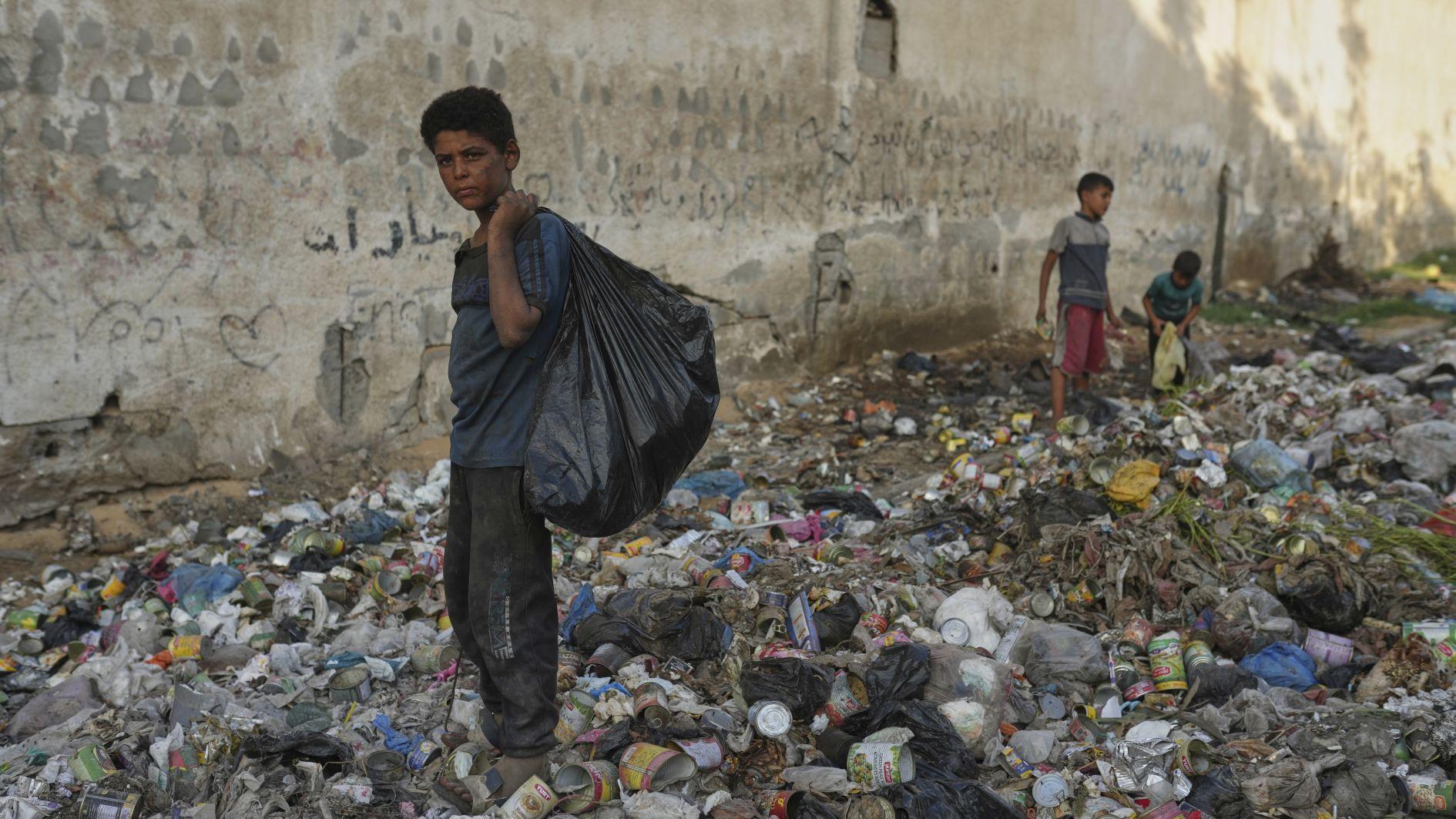
Figures published in medical journal The Lancet have revealed that almost a third of outpatients treated for wounds in medical charity Doctors Without Borders-supported hospitals in Gaza last year were under the age of 15.
Across six medical facilities located mainly in the southern and central parts of the territory, MSF carried out more than 90,000 outpatient consultations for wound care last year, the Guardian reported.
Nearly half of these injuries were the result of bombings, shelling or gunfire, highlighting the devastating impact of military operations on civilians.
The organization stressed that explosive weapons, designed for open battlefields, are increasingly being deployed in densely populated cities, where makeshift shelters offer little protection against blasts, shrapnel and fires.
According to Gaza’s Health Ministry, more than 62,000 people have been killed, over half of them women and children. A recent Guardian investigation based on leaked Israeli military intelligence suggested that up to 83 percent of Palestinians killed were civilians.
While deaths have received the most attention, MSF underlined the immense and largely overlooked number of wounded.
More than 150,000 people have been injured since the start of the offensive. In two of MSF’s hospitals, almost 60 percent of lower-limb injuries were directly caused by explosive weapons, often leaving patients with exposed bone, muscle and tissue.
Of all outpatients treated for wounds at the MSF facilities last year, nearly a third were children under the age of 15, and another third were women.
The organization warned that many fatalities occur instantly at the site of impact and thus never reach medical facilities, meaning the real toll is even higher. Vulnerable groups such as infants, people with disabilities and the elderly are at particular risk.
The dire humanitarian conditions compound the crisis. Large sections of Gaza’s population now live in temporary tents without sanitation or safe infrastructure, while MSF reported having to ration food for patients to one or two meals a day. Supplies are running so low that the group fears it may soon be unable to provide any food at all.
Meanwhile, the U.N.'s World Food Program warned on Aug. 28 that Gaza is "at breaking point" and appealed to urgently revive its network of 200 food distribution points to prevent pockets of famine spreading.
"Gaza is at a breaking point. Desperation is soaring, and I saw it firsthand," the WFP's executive director Cindy McCain said in a statement after meeting starving Palestinian children who she said were "unrecognizable" compared to photographs taken when they were healthy.